HARDWARE
As generic as possible
The ESP32 is powerfull, open source and supports Wifi & Bluetooth, making it the first choice for this project.
Accessible for the greatest number
ESP32 is affordable and compatible with Arduino IDE & micropython. USB / UART conversion based on CH340 chip is implemented so that we can program and debug with nothing but a USB-C cable.
Self-powered and Plug-n-Play
The board is powered from Minitel port (8-13v) with a buck converter based on TPS62162, so it doesn't require external power supply. It can also be powered from USB port when it needs to stay on while Minitel is shut down.
SOFTWARE
Minitel library for Arduino
The communication with minitel is made using the library from Eserandour. This library is a faithfull traduction of the Minitel technical specifications, very pleasant to work with. Great thanks to him ! Some commands have been added to the library that will be posted soon.
Minitel library for Micropython
uPyMinitel library is available for micropython ! This library is an adaptation of python3 PyMinitel from Zigazou which is also a very good translation of minitel protocol specifications, and is of great help to discover how the minitel had been conceived 40 years ago.
Project examples
The source code of the demo can be found in Minitel-ESP32 repository.
You will find sample codes to e.g.:
- SSH remote machine like putty but on your minitel (Arduino code)
- Start programming in micropython (Thonny IDE)
Socketel application
Not everybody knows that some minitel services are still alive ! Indeed, while the network has been terminated in 2012, some services has been adapted to work on voip and/or websockets (see MuseeMinitel.fr for more information).
The socketel application provides a nice user interface to connect to these services with nothing but a minitel, an esp32 and an internet access ! It is written in micropython and available in Socketel repository.
Telnet Pro application [NEW !]
Telnet Pro application offers a multiprotocol client fitted with UI and presets to save host configurations. The supported protocols are Websockets (mainly minitel services), Telnet (mainly bbs.retrocampus.com) and SSH to use your minitel as a terminal for interactive remote shell session ! Many thanks to Francesco for gathering all clients demo and giving them this nice UI.
Let's (re)discover the minitel experience !
 Louis H
Louis H
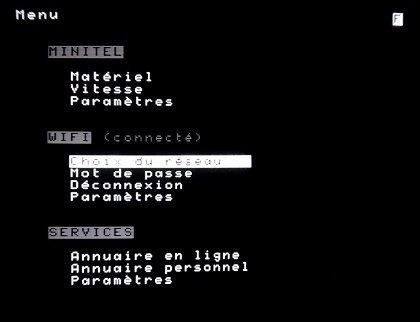
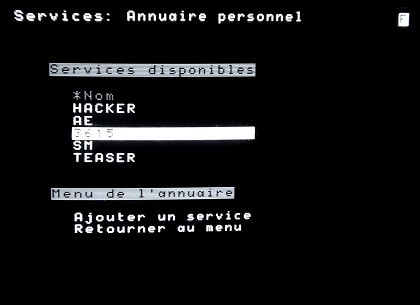

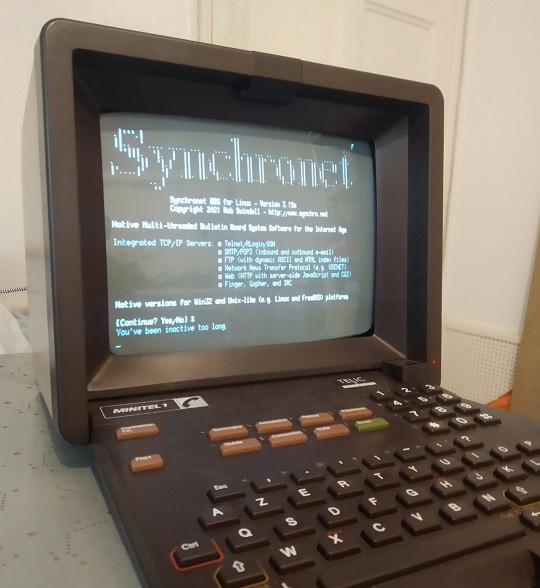

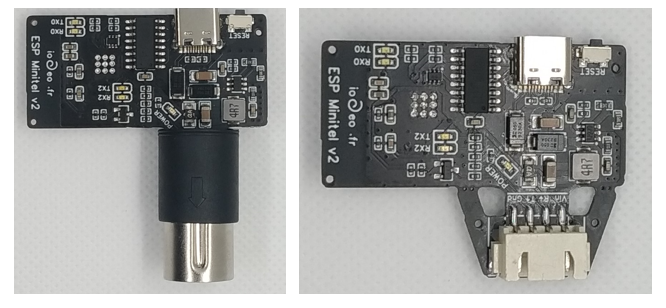
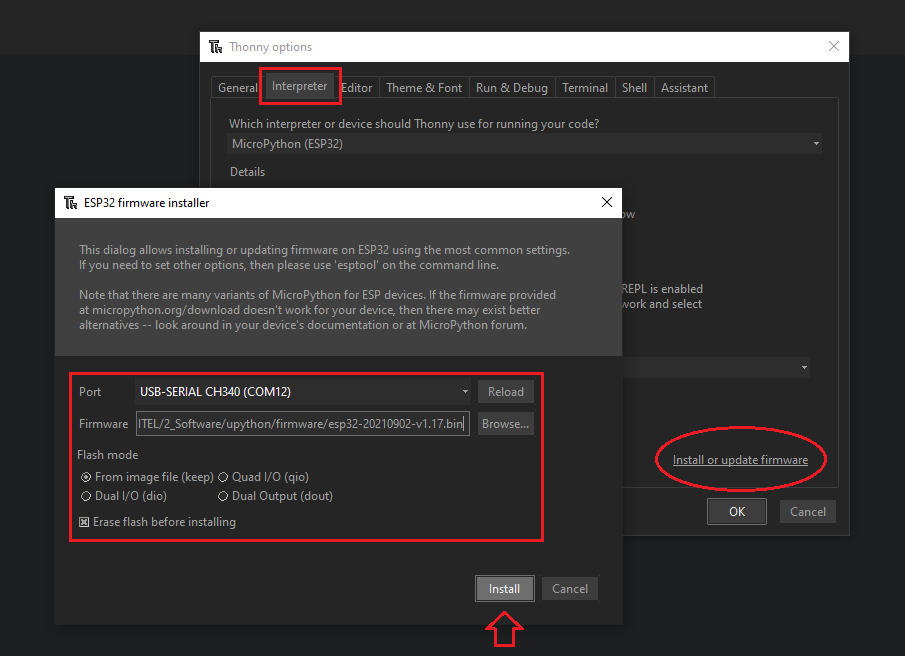
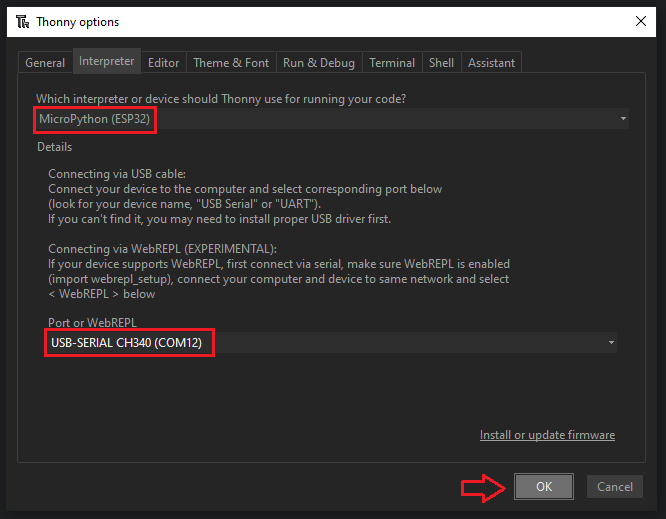







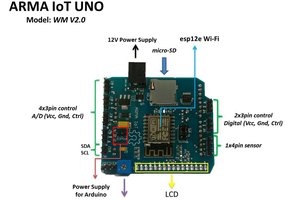
 Mektrasys
Mektrasys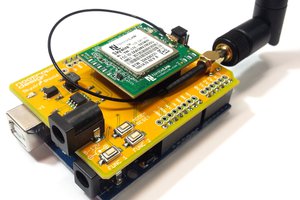
 nootropic design
nootropic design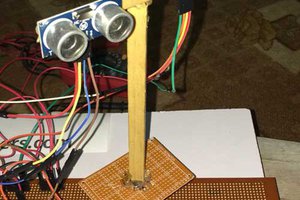
 Abid Jamal
Abid Jamal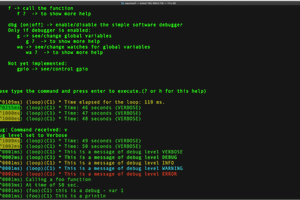
 JoaoLopesF
JoaoLopesF
Excellent. Ce projet nous plonge directement dans le Minitel et nous fait gagner un temps fou pour la suite!